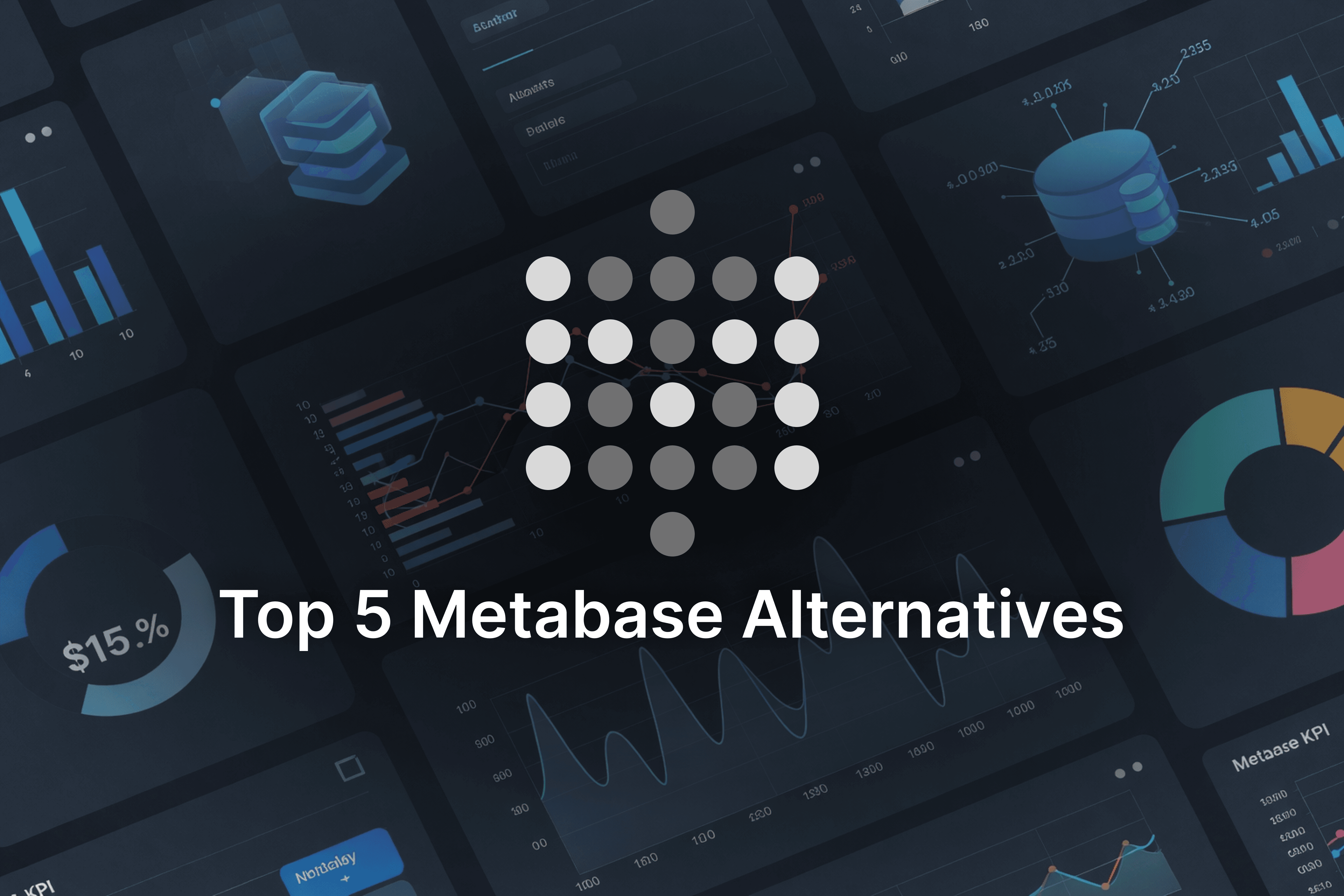In today’s fast moving online market, just selling products isn’t enough. Customers expect a smooth, personalized shopping experience and if you don’t deliver, they’ll quickly move on to someone who does.

That’s where analytics come in
Smart e-commerce businesses use data to really understand how customers behave, what they click on, where they drop off, and what’s stopping them from buying. With the right insights, you can spot problems in the customer journey, fix them fast, and turn more visits into sales.
When used well, analytics help you:
Make shopping easier
Keep customers happy
Build brand loyalty
And most importantly, grow your revenue
Let’s break down how analytics tools can help you create shopping experiences your customers will love and come back for.
Understanding Customer Behavior with E-Commerce Analytics
What Is Customer Behavior Analysis?
To truly improve your customer experience, you first need to understand how shoppers interact with your website. Customer behavior analysis in e-commerce reveals what customers click, which products interest them most, and where they drop off in the buying process.
Tools That Help Track Customer Interactions
Platforms like Google Analytics, Hotjar, and Mixpanel allow you to visualize the entire customer journey from the first visit to the final purchase. For example, analytics might show you many customers abandon their carts after seeing unexpected shipping costs. This insight gives you a clear area to improve and reduce lost sales.
Website Analytics for E-Commerce: How to Gain Actionable Customer Insights
Website analytics go beyond just data collection. They highlight patterns such as which product pages keep visitors engaged or if mobile users behave differently than desktop users.
One online retailer I spoke with shared, “We noticed a 15 percent drop-off at checkout, so we added guest checkout and it worked.” This simple insight helped them reduce friction and improve conversions. Small changes like this, uncovered by analytics, can make a big difference.
How to Use Analytics to Personalize E-Commerce Customer Experience
Why Personalization Is Important
Customers want to feel understood. Using product recommendation analytics and past browsing data, you can offer items that each shopper is more likely to buy.

Example: Myntra's Personalized Approach
Myntra, a popular Indian fashion e-commerce brand, uses AI to power product recommendations, virtual try-ons, and chatbot support. They quickly adapted during the pandemic with virtual fashion shows and contactless delivery, keeping customers engaged despite physical store closures.
Even smaller businesses can leverage tools create similar personalized experiences that make customers feel valued and encourage repeat purchases.
Improving E-Commerce Sales Funnels and Reducing Cart Abandonment with Analytics
Understanding Where Shoppers Drop Off
Cart abandonment is a major challenge, but analytics help identify exactly where customers leave the buying process.
Example: Guest Checkout Boosts Sales
An electronics retailer discovered many customers left when asked to create an account during checkout. By enabling guest checkout, they lifted completed sales by 22 percent. Dashboards like supaboard.ai clearly show drop-off points so you can prioritize fixes.
Is your checkout process a hurdle or a welcome gateway? Analytics can tell you.
Using Customer Feedback Analytics for Smarter Decisions
Listening directly to customers adds context to analytics numbers. Tools such as Qualaroo and Yotpo collect reviews, surveys, and post-purchase feedback.
If many shoppers complain about slow delivery or confusing return policies, you know where to focus. Combining feedback with behavior data paints a fuller picture for impactful improvements.
How E-Commerce Businesses Can Use AI Analytics for Better Customer Service
AI-powered analytics take customer experience further. Machine learning models predict what customers want next, when they might reorder, or if they risk leaving.
Sephora, for example, uses AI to send personalized reminders about skincare product refills, encouraging timely purchases. Tools like supaboard.ai can help your business move from reactive service to proactive customer engagement.
Long-Term Benefits of Tracking the Customer Journey
Tracking every touchpoint in the customer journey from first click to post-purchase helps ensure a consistent and satisfying experience across emails, social media, apps, and your website. This consistency leads to greater customer loyalty and higher lifetime value.

Real Business Examples to Inspire You
Tomlinson’s Pet Supplies boosted satisfaction by integrating online and in-store checkout processes
Myntra combines AI-driven suggestions with virtual try-ons to engage shoppers
Sephora uses AI and loyalty programs for personalized advice and reminders
An electronics retailer slashed cart abandonment by enabling guest checkout after analytics revealed its importance
Final Thoughts
Your customers are giving you signs with every click, scroll, and purchase about what they want. Using e-commerce data analytics, customer journey insights, and AI can help you turn those signs into strategies that truly improve customer experience.
If you’re exploring tools to help with personalization, cart recovery, or customer insights, platforms like supaboard.ai can be a great place to start. Using the right analytics tools can provide valuable guidance as you work to enhance your customer experience and grow your e-commerce business.
Start listening to your data today and build a shopping experience customers will love.









